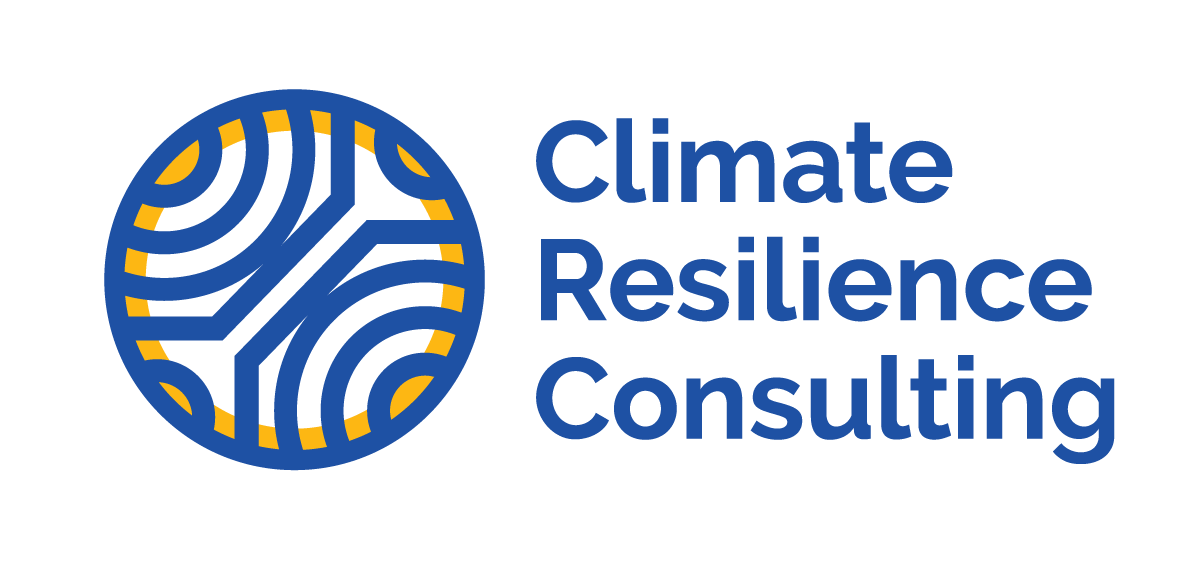Is Climate Adaptation CSR? “Private Sector Engagement in Adaptation to Climate Change,” a new report from the Organization for Economic Co-operation and Development is a worthwhile read, especially for discovering solid examples of extractive industry, water utility and agricultural adaptation. However, the report notes that adaptation “does not fit neatly within standard Corporate Social Responsibility narratives.” This is because a defining characteristic of adaptation is that its benefits are often local and private, whereas mitigating greenhouse gas emissions has global and public benefits.
I believe that climate adaptation fits squarely within CSR for at least three reasons. They are:
Community: Climate change requires community resiliency, and corporations have an opportunity to both show a commitment to their communities and gain market share through their community-level response to climate change. After Hurricane Katrina struck in August 2005, the early-in companies that provided goods more efficiently than did FEMA exemplified this. Their reputations benefited.
Social: Climate adaptation can help ensure the health and well-being of employees, in preventing climate impacts as well as mitigating harm during and after climate events. Helping to prepare your workforce, from your headquarters to the factory floor, safeguards the safety – and contentment – of your employees.
Governance: Climate adaptation involves a great deal of risk mitigation, for which investors are always on the lookout. Of course, risk management at many organizations isn’t (yet) called climate adaptation.
What’s clear is that, say, without utilities, with shuttered stores and with impacted supply chains, the public experiences the direct local and global impacts of major climate events. Indeed, the global benefits of a private sector resilient to changes in climate are more direct and tangible than the global benefits of private-sector greenhouse gas reductions.
My bet is that a handful of leading 2012 CSR reports will include a chapter on climate adaptation. Good for them.







